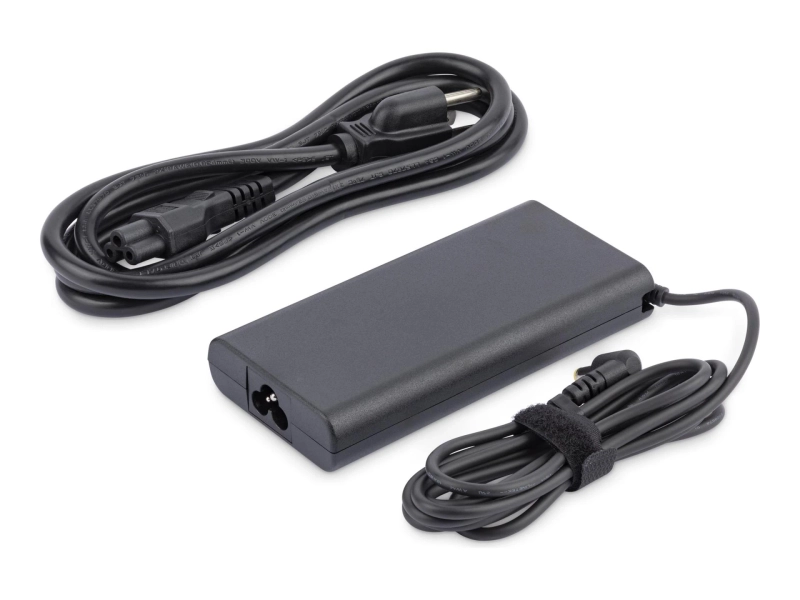We all depend on chargers more than we realize. Phones, laptops, tablets, gaming consoles pretty much everything needs one. But here’s the catch: not every adapter out there is safe to use. Fake ones are everywhere these days. Some look almost identical to the original, but inside, they’re built with cheap parts that can damage your device, kill your battery, or worse, cause overheating and fire.
That’s why learning how to tell apart fake and genuine AC-DC Power Adapters is so important. A few quick checks can save you a lot of money and trouble.
Why Bother Checking?
Let’s be honest, when you see an adapter being sold at half the normal price, it’s tempting. But here’s the reality: those low-cost ones are usually knock-offing. They don’t go through safety tests, they skip certifications, and they’re made with the cheapest materials possible. Genuine adapters, on the other hand, are tested to deliver safe, steady power and last much longer.
Simply put: a real one protects your devices. A fake one risks ruining them.
1. Feel It in Your Hand
One of the easiest ways to tell the difference is just by holding it. Real adapters usually feel sturdy and well-made. The plastic is smooth, the weight feels right, and you won’t hear any rattling if you shake it gently. A fake adapter, on the other hand, often feels too light, has rough or uneven edges, and just gives off that cheap vibe. If it feels flimsy, trust your gut it’s probably not the real deal.
2. Look for Safety Marks
Genuine AC-DC Power Adapters always come with certification logos like CE, UL, or FCC (depending on your country). These aren’t just random stickers they mean the product was actually tested for safety. Counterfeit ones either skip these marks or print them in low quality. If the logos look blurry, crooked, or suspicious, that’s a warning sign.
3. Read the Labels Closely
Take a good look at the text on the adapter. Real ones have sharp, clean printing with proper spelling and alignment. Fakes often have crooked fonts, spelling mistakes, or faded ink. It may sound silly, but even something as small as a misspelled word can tell you that it’s a counterfeit product.
4. Compare the Price
This one’s simple: if the price feels too good to be true, it probably is. Real adapters are more expensive because they’re built to last and are properly tested. Fake ones are usually dirt cheap, especially on shady online listings or local markets. Before you buy, check what the average price is from genuine sellers if you see a huge discount, that’s a red flag.
5. Pay Attention to Heat
It’s normal for a genuine adapter to get a little warm while charging, but it should never get uncomfortably hot. Fake ones tend to overheat quickly, and that’s not only bad for your device but also a serious safety risk. If your adapter heats up too much, stop using it right away.
6. Stick to Trusted Sellers
The best way to avoid fake products? Only buy from sellers you trust. Official brand stores, recognized websites, and certified power supply distributors are your safest options. Picking random sellers offering “super deals” is a gamble that often ends badly.
7. Watch the Charging Performance
A genuine adapter charges smoothly and consistently. Your device will charge at a steady pace without interruptions. With a fake adapter, you might notice slow charging, random disconnections, or even your device refusing to charge at all. If your gadget behaves strangely while charging, the adapter could be the culprit.
Final Thoughts
Spotting the difference between fake and genuine AC-DC Power Adapters isn’t rocket science you just need to pay attention. Feel the build, check the labels, look for safety marks, and be smart about where you buy. Don’t get lured by super cheap prices.
At the end of the day, saving a few bucks on a fake adapter isn’t worth the risk of damaging your expensive devices or worse, creating a safety hazard at home. Invest in the real thing, and you’ll have peace of mind, better performance, and a much longer lifespan for your gadgets.



